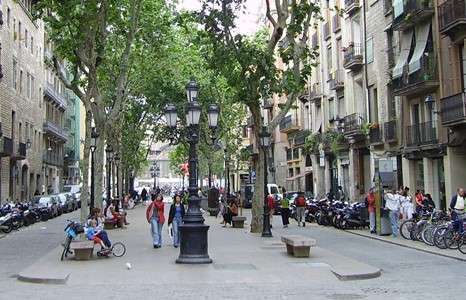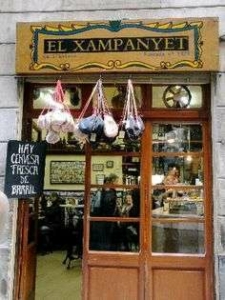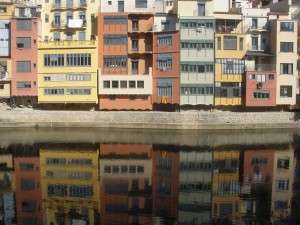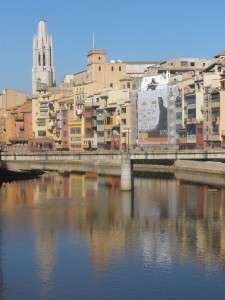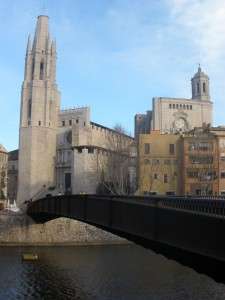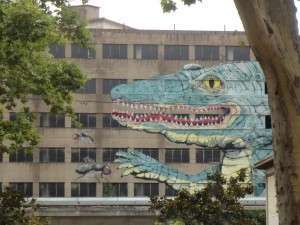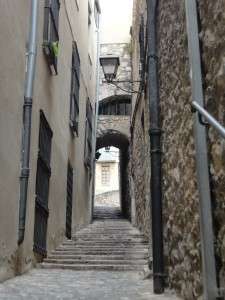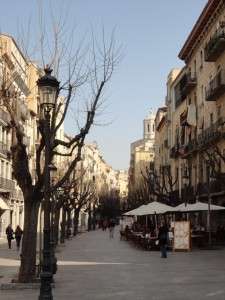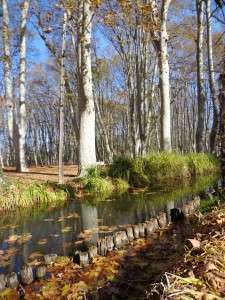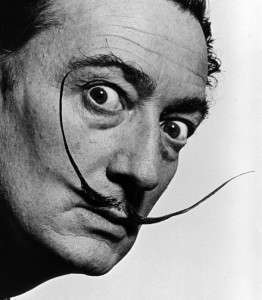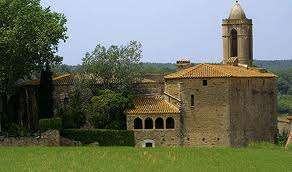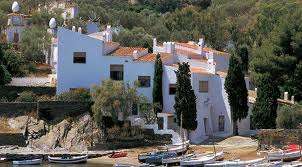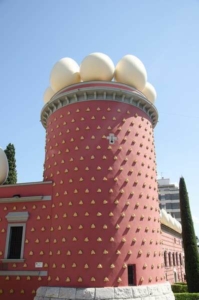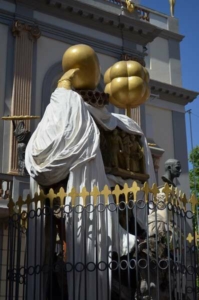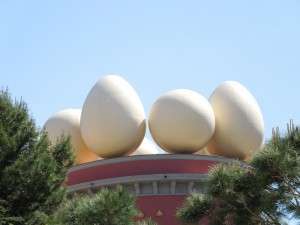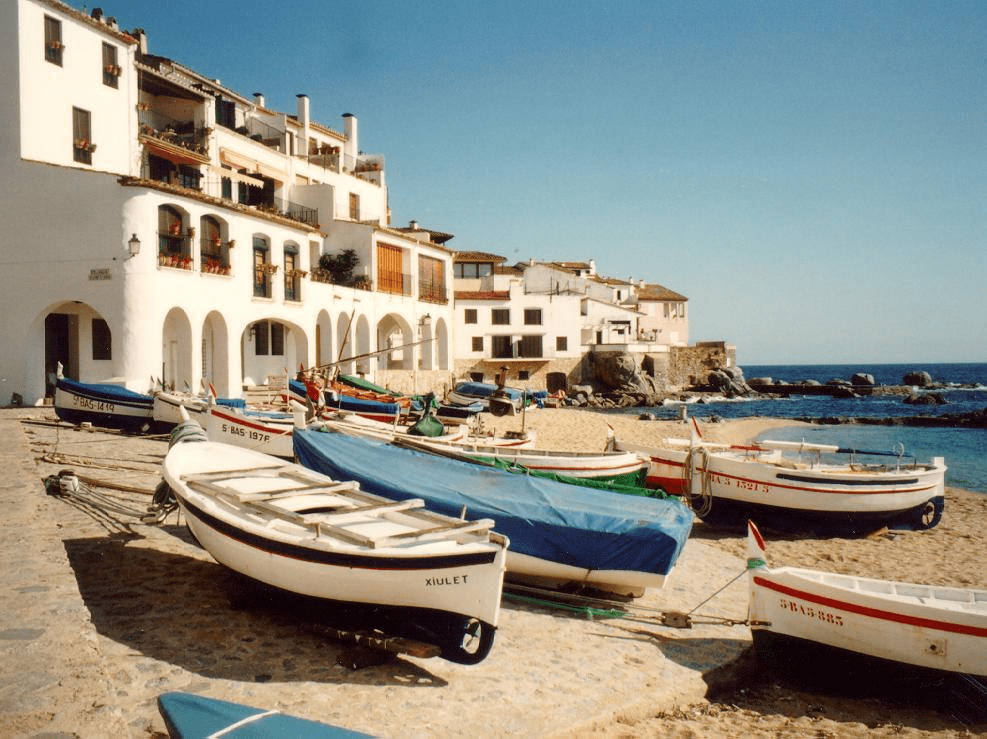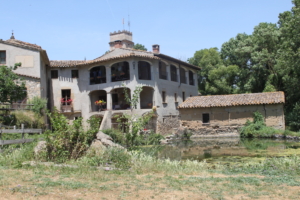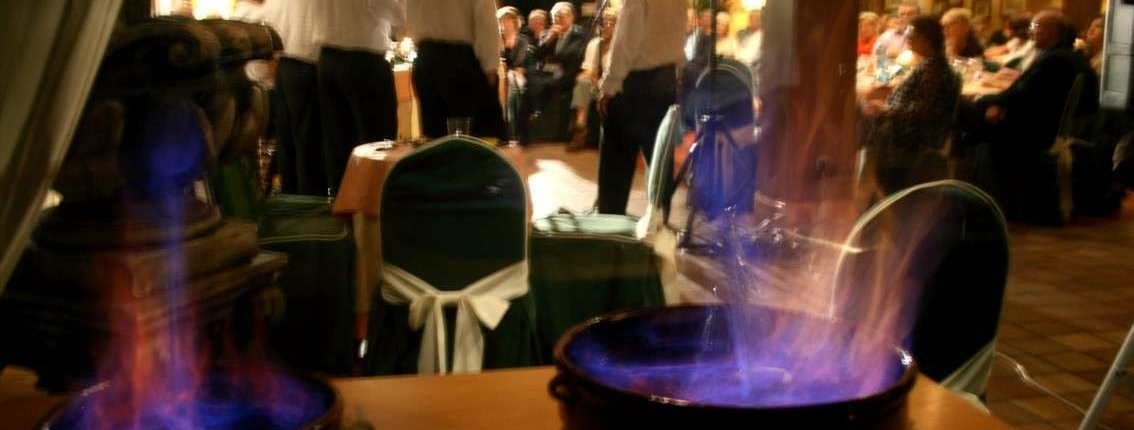As in every city the place to be, and to be seen in is ever changing. New areas are revamped, businesses are created and tourists flock to a place they would never have dreamed of going on a previous visit. Inevitably, this revamping, remodeling and breathing of new life has occurred in Barcelona.
In the last few years the Born area of Barcelona has been transforming and is now THE new area to be and be seen in in the dazzling city. To the east of the ever popular Ramblas and on the other side of Via Laietana lies this maze of old narrow streets interspersed with small squares and merchant palaces from the 15th Century. Although getting lost in this labyrinth is part of the charm, this fashionable district of Barcelona invites you into its heart with wine and tapas bars, candlelit restaurants and designer boutiques.
This born again zone of Barcelona neighbors the Gothic Quarter and together they make up the old side of Barcelona. The Port is also neighbor to the area, and the Ciutadella Park ,to the East, provides the ideal place to stop and relax under the shade of a tree.
At the center of this now fashionable zone is the Maria del Mar church which dominates a beautiful square with an abundance of cafés. A masterpiece illustrating 14th century Catalan Gothic style, it was built on the ancient chapel of Santa Maria de las Arenas of 998AD. The Mediterranean was much more inland than today, so being close to the sea it was constructed thanks to donations from the sea farers.
Behind the Santa Maria square is the main street, Paseo del Born, which is where the witches were executed and burned in Medieval times. This passage today, invites you to dine at various restaurants with a variety of cuisine to choose from, or maybe just take time out to sip a refreshing glass of Cava in one of the many bars.
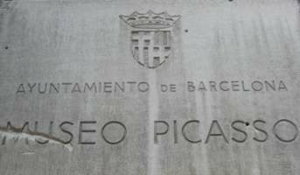 The Picasso museum is most surely THE museum to visit in Barcelona, for the artist and, for the building which is made of five palaces joined together to make the museum. An enjoyable visit here is a must to understand the formation of Pablo Ruiz Picasso. The permanent collection of the genius’s work, here at the museum, comprises of more than 3.500 works of art.
The Picasso museum is most surely THE museum to visit in Barcelona, for the artist and, for the building which is made of five palaces joined together to make the museum. An enjoyable visit here is a must to understand the formation of Pablo Ruiz Picasso. The permanent collection of the genius’s work, here at the museum, comprises of more than 3.500 works of art.
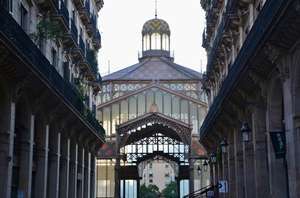 The former Born Market, a magnificent wrought iron structure built in the 1870’s, was once the city’s main wholesale market, until it closed in 1971. Thanks to the market, the area of Born was once the city’s trading area. After years of being forgotten, in 2001 excavation work uncovered some amazing remains. Much debate ensued on the fate of the market, but in September 2013 after extensive work was completed, the building opened again as the Born Cultural Center, a civic center and covered plaza home to a permanent exhibition of thousands of artifacts discovered here.
The former Born Market, a magnificent wrought iron structure built in the 1870’s, was once the city’s main wholesale market, until it closed in 1971. Thanks to the market, the area of Born was once the city’s trading area. After years of being forgotten, in 2001 excavation work uncovered some amazing remains. Much debate ensued on the fate of the market, but in September 2013 after extensive work was completed, the building opened again as the Born Cultural Center, a civic center and covered plaza home to a permanent exhibition of thousands of artifacts discovered here.
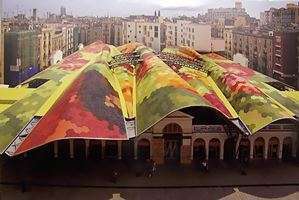 Another market, alive and kicking today, is the Santa Caterina Market. A fantastic place to stop for a quick bite at a good price or just to peruse the array of rainbow colors that the stallholders sell. With market stalls spread over 3 floors it is a valid rival to the famous La Boqueria. But, Santa Caterina market is not only colorful on the inside, view it from outside and you will see the magnificent roof is alive with over 300,000 colored ceramic tiles.
Another market, alive and kicking today, is the Santa Caterina Market. A fantastic place to stop for a quick bite at a good price or just to peruse the array of rainbow colors that the stallholders sell. With market stalls spread over 3 floors it is a valid rival to the famous La Boqueria. But, Santa Caterina market is not only colorful on the inside, view it from outside and you will see the magnificent roof is alive with over 300,000 colored ceramic tiles.
Many of our Private Food, Wine and Cultural tours include stays in Barcelona to discover this fantastic city via private tours and/or giving you free time for your own sightseeing.
Join us on the Highlights of Spain Tour to combine some fantastic gourmet, wine and cultural experiences while staying in Barcelona, Girona, Penedes, Seville and Madrid.

